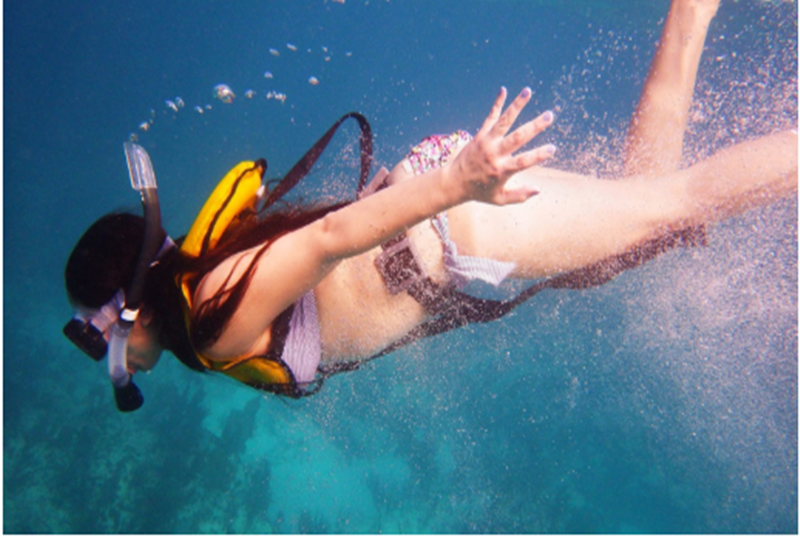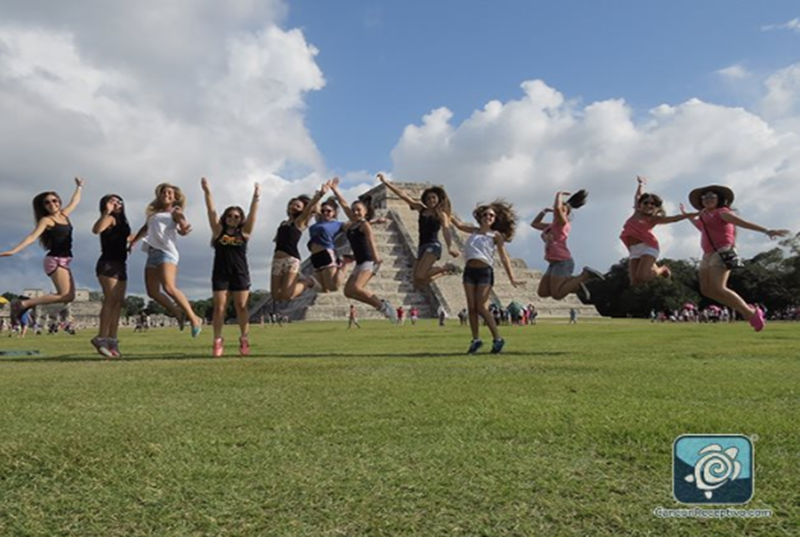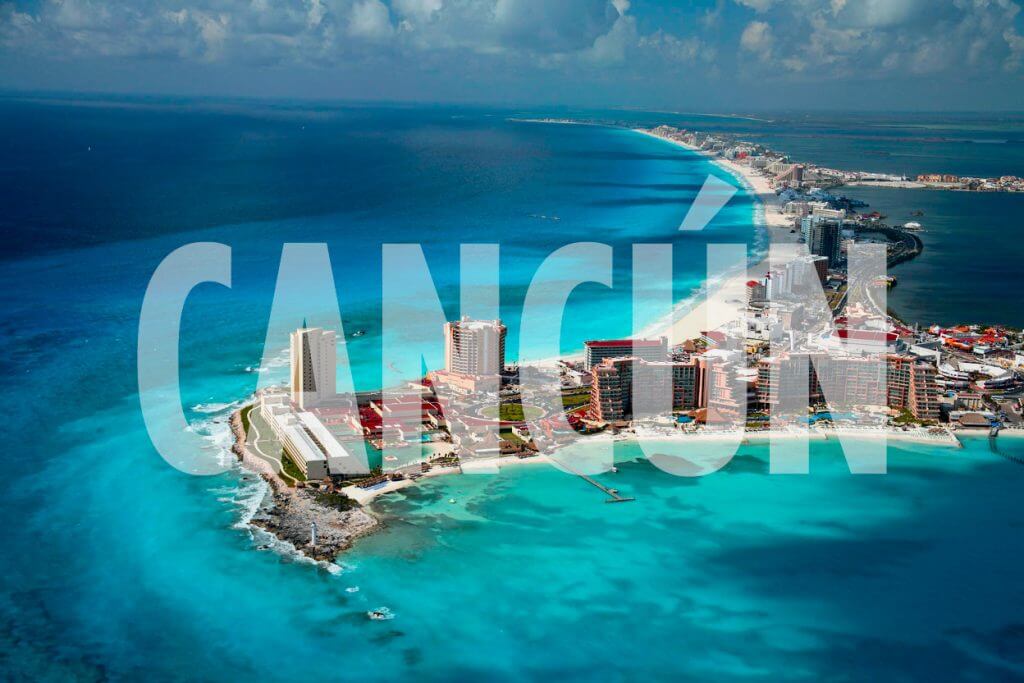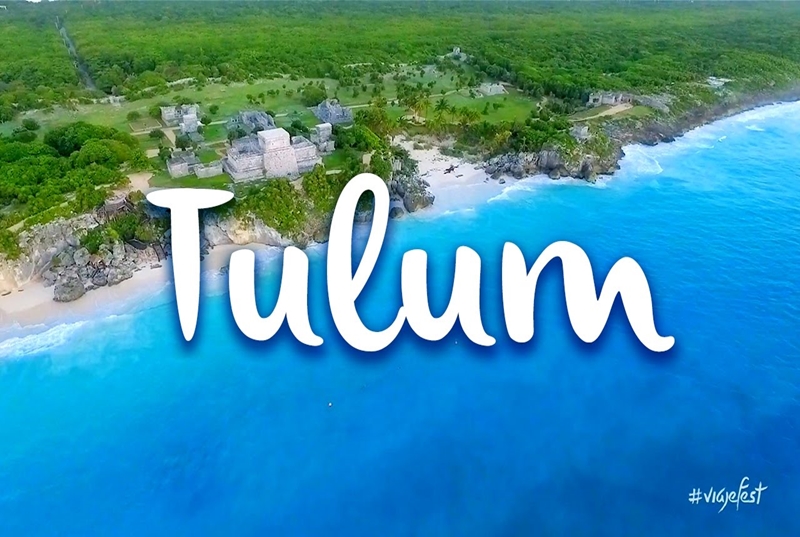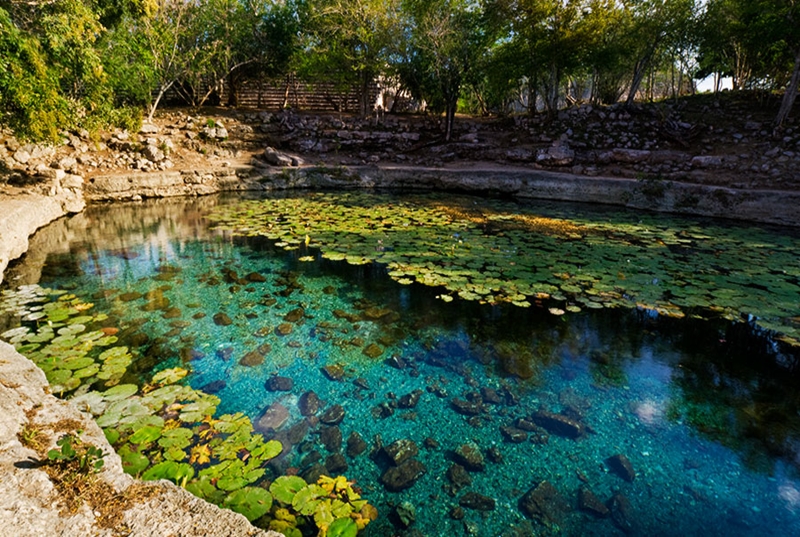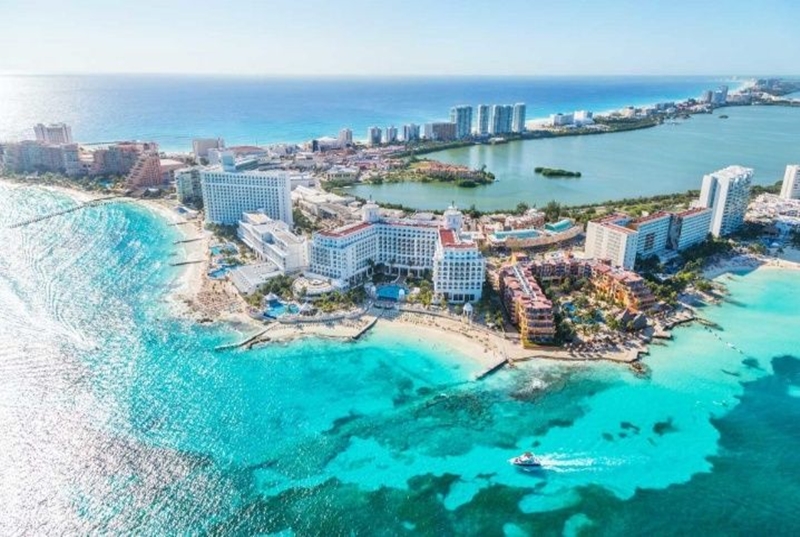Discover alone the cenotes in the Riviera Maya
Cenotes are natural sinks found in the Yucatan Peninsula, Mexico. They are the result of the collapse of the rocky bottom, exposing the hidden puddles of groundwater beneath the ground.
It is time to discover 6 facts about the cenotes of Yucatan:
6000 cenotes in Yucatan alone
Estimates indicate that there should be more than 6000 cenotes in Yucatan alone. No wonder they were such a significant part of Mayan culture. Currently there are only 2400 cenotes that were actually studied and recorded. Five of the best known cenotes are Dos Ojos, Ik Kil, Zaci, Gran Cenote and Sagrado Cenote. There is a cenotes route near cancun.
The Human Sacrifice
Because the Maya thought cenotes were sacred, they often threw valuables into the water as sacrificial offerings. These sacrifices to the deity of the Chaac Mayan rain were not always limited to things, as some tribes even sacrificed living human beings. During underwater explorations of the Sacred Cenote at Chichén Itzá, archaeologists found the remains of several human bodies, including males, females, and children.
Sacred To The Mayans
Cenotes were a vital part of Mayan life. There are very few rivers and lakes in the Yucatan, so the sumps were their main source of water. That is why we often find the remains of important Mayan colonies near the cenotes, such as Chichén Itzá. The Mayan word for cenotes is "dzonot", which means deep and abysmal. The Maya believed that some of these natural wells were the gateways to the underworld or to life after death.
Cave Diving
Today, cenotes are the main tourist destinations. Many like to bathe quickly in the bright blue waters, but cave diving has also become a popular activity. Technically, cenotes are considered "caverns", so cave diving does not require an official dive certification. However, accidents do occur and cenotes can be very claustrophobic. The Ik Kil Cenote was a stop at the Red Bull Cliff Diving World Series in 2010 and 2011. It is possible to dive some of the best cenotes in Cancun.
UNESCO Underwater Cultural Heritage
Sites such as the Sacred Cenote are protected by the UNESCO treaty of the Convention on the Protection of the Underwater Cultural Heritage. This 2001 convention aims to protect all traces of human existence of a cultural, historical or archaeological nature that have been underwater for at least 100 years.
Classification of cenotes
There are three different types of cenotes: open, semi-open and underground. They are classified according to age: open cenotes are the oldest, while subterranean cenotes are younger because they still have a dome covering them from the surface. Thus, with the passage of thousands of years plus the erosion of the limestone, these natural formations evolve changing their appearance. On the cenotes route you will be able to discover all kinds of cenotes.
The best cenotes in cancun and its surroundings
Cenote Dos Ojos
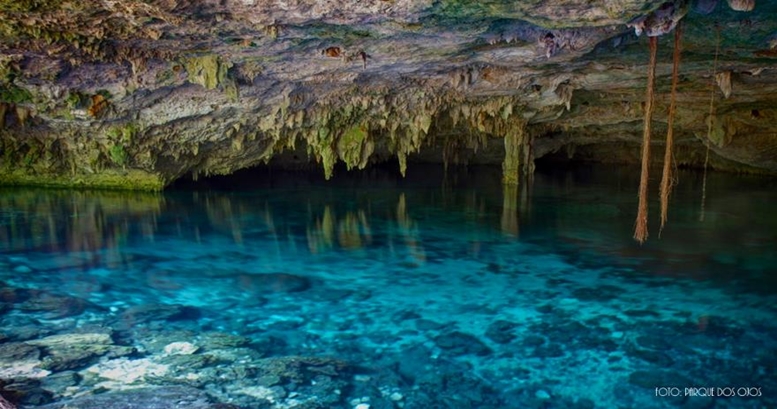
Located just 15 minutes from Tulum, Cenote Dos Ojos is one of the largest cenotes and probably one of the most famous in Mexico. The cenote's cave system is known to be at least 61 km and 118 m deep. As its name suggests, this cenote is divided into two sections: one with blue waters perfect for snorkeling and another dark for diving.
Gran Cenote
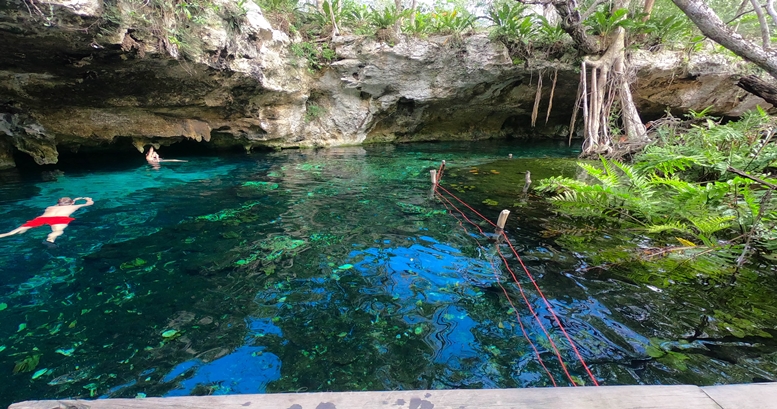
Gran Cenote is a perfect cenote for everyone with its sandy bottom and the bats that live in the cave. The central garden includes palm trees, water lilies and a sunbathing platform. Watch out for toucans if you're visiting during January or February, as they sometimes tend to appear out of nowhere.
Cenote Azul
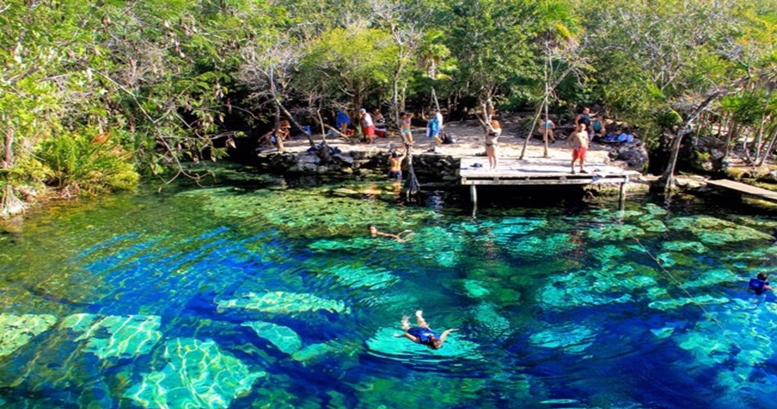
Blue Cenote is one of my favorite cenotes. It is 26 meters deep and its waters are crystal clear, perfect for swimming. You can also find some iguanas that live in the bushes. Although the place can be quite crowded, everyone can find a place to relax or jump off a cliff.There are many fish swimming around your legs, so be prepared to be tickled. If you can hold your breath long enough, there is a small underwater cave passage through which you can dive freely.
Cenote La Noria
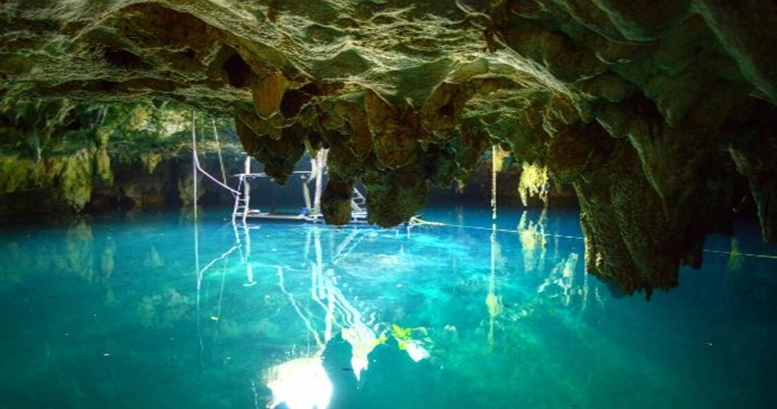
La Noria is a cenote on the cenotes road near Puerto Morelos. It is a great cenote for diving as it is very deep, but you can also put in a cave what I have not seen in any other cenote. There is also a floating platform in the center of the cenote, so you can swim to reach it and float.
Cenote Verde Lucero

Verde Lucero is an open cenote with several small caves that you can explore and use some floats. Like most cenotes in the Puerto Morelos area, it has a zip line and a cliff for jumping. The whole landscape looks very jungle, so you will surely enjoy it.
Cenote Jardín del Edén
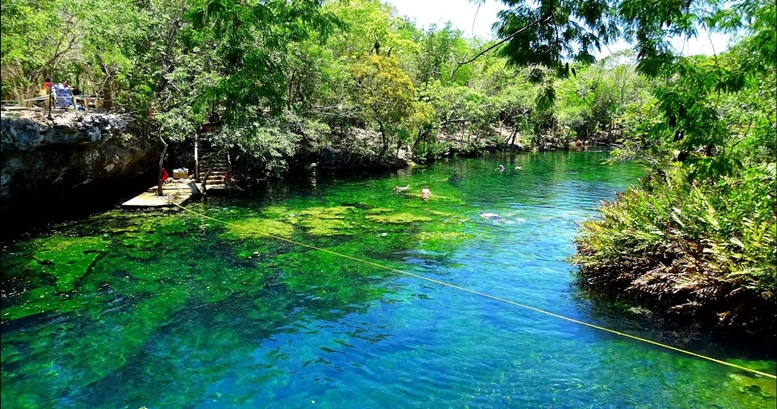
Considered one of the most beautiful cenotes near Playa del Carmen. You can jump off the hill or even from a tree and relax on a terrace just above the cenote. The water is clear and in the center are huge rocks where you can swim and rest. While you sit there, a little fish will come to you and eat the dead skin, just like in the "fish spas" on Fifth Avenue in Playa del Carmen.
